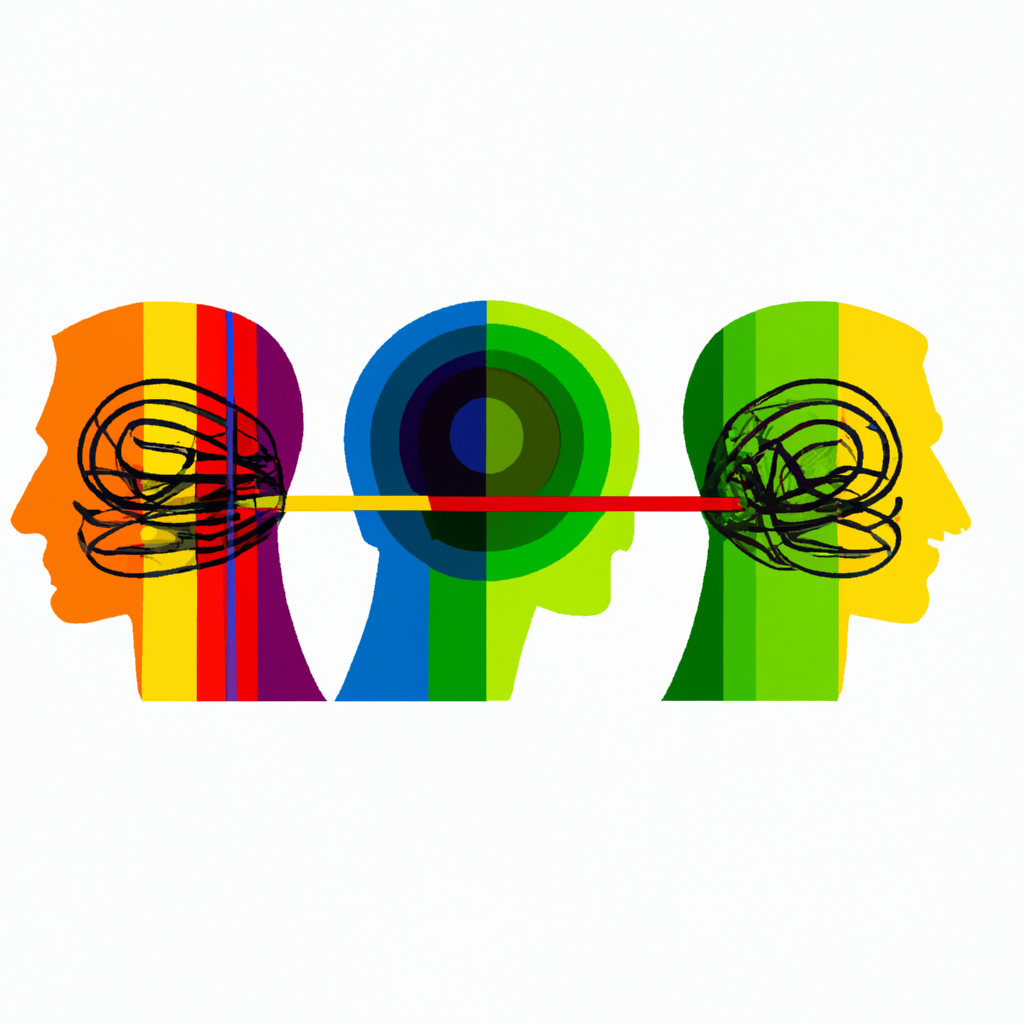The brain is the most complex organ in the human body, composed of billions of neurons and trillions of connections. As the control center of the body, it is responsible for regulating all of our bodily functions, including movement, sensation, emotion, and cognition.
One of the most important regions of the brain that contributes to these functions is the cerebellum.

In this post, we’ll explore the role of the cerebellum in psychology, how it functions, and the latest research on its significance. We’ll also discuss the importance of stem cells in the development of the cerebellum and how they can be used to treat neurological disorders.
What is the cerebellum?
The cerebellum is a small, cauliflower-shaped region located at the back of the brainstem, underneath the cerebrum. It is responsible for coordinating movement, fine motor skills, balance, and posture. In addition, the cerebellum plays a crucial role in cognitive processes such as attention, language, and decision-making.
The cerebellum has a unique structure that sets it apart from other regions of the brain. It is divided into lobes, each consisting of several subdivisions called folia. The cerebellum is also composed of several types of cells, including Purkinje cells, granule cells, and stellate cells, which work together to regulate its various functions.
The Function of the Cerebellum in Psychology
The cerebellum is involved in a variety of psychological processes, including motor control, cognition, and emotion. It plays a crucial role in the execution of skilled movements, such as playing a musical instrument, typing, or driving a car. The cerebellum is also involved in the regulation of eye movements and gaze stabilization.
In addition, the cerebellum plays a role in cognitive processes such as attention, language, and decision-making. Studies have shown that patients with cerebellar damage often exhibit impairments in these areas, suggesting that the cerebellum is involved in higher-order cognitive functions.
The cerebellum also plays a role in emotional processing. Research has shown that patients with cerebellar damage often exhibit deficits in emotional regulation, leading to mood disorders such as depression and anxiety.
Stem Cells and Cerebellum Development
Stem cells are a type of undifferentiated cell that has the potential to develop into any type of cell in the body. During development, stem cells play a crucial role in the formation and differentiation of the cerebellum.
Research has shown that stem cells are present in the developing cerebellum and can differentiate into various types of cells, including Purkinje cells, granule cells, and stellate cells. These cells work together to form the complex structure of the cerebellum and regulate its various functions.
Stem cells can also be used to treat neurological disorders. Researchers are exploring the use of stem cells to repair damaged cerebellar tissue and restore its function in patients with cerebellar damage.
This research shows promise for the development of new treatments for neurological disorders that affect the cerebellum.
Latest Research on Cerebellum Function
Recent research has shed new light on the role of the cerebellum in psychological processes. Studies have shown that the cerebellum plays a crucial role in language processing, particularly in the areas of syntax and grammar.
Research has also shown that the cerebellum is involved in social cognition, including the processing of facial expressions and emotions. Studies have shown that patients with cerebellar damage often exhibit deficits in these areas, leading to difficulties in social interaction and communication.
Finally, recent research has shown that the cerebellum plays a role in the regulation of autonomic functions such as heart rate and blood pressure. This finding has significant implications for the treatment of cardiovascular disease and other disorders that affect the autonomic nervous system.
Conclusion
The cerebellum is a crucial region of the brain that plays a role in a variety of psychological processes. Its unique structure and composition allow it to regulate movement, cognition, and emotion. Stem cells are also important for the development of the cerebellum and have potential applications in the treatment of neurological disorders.
Recent research has shed new light on the functions of the cerebellum, including its role in language processing, social cognition, and autonomic regulation. As our understanding of the cerebellum continues to evolve, we can expect to develop new treatments for disorders that affect this important region of the brain.
In conclusion, the cerebellum is an essential component of the brain that contributes to our physical, cognitive, and emotional well-being. By studying its functions and developing new treatments for cerebellar disorders, we can improve the lives of those who are affected by these conditions.
